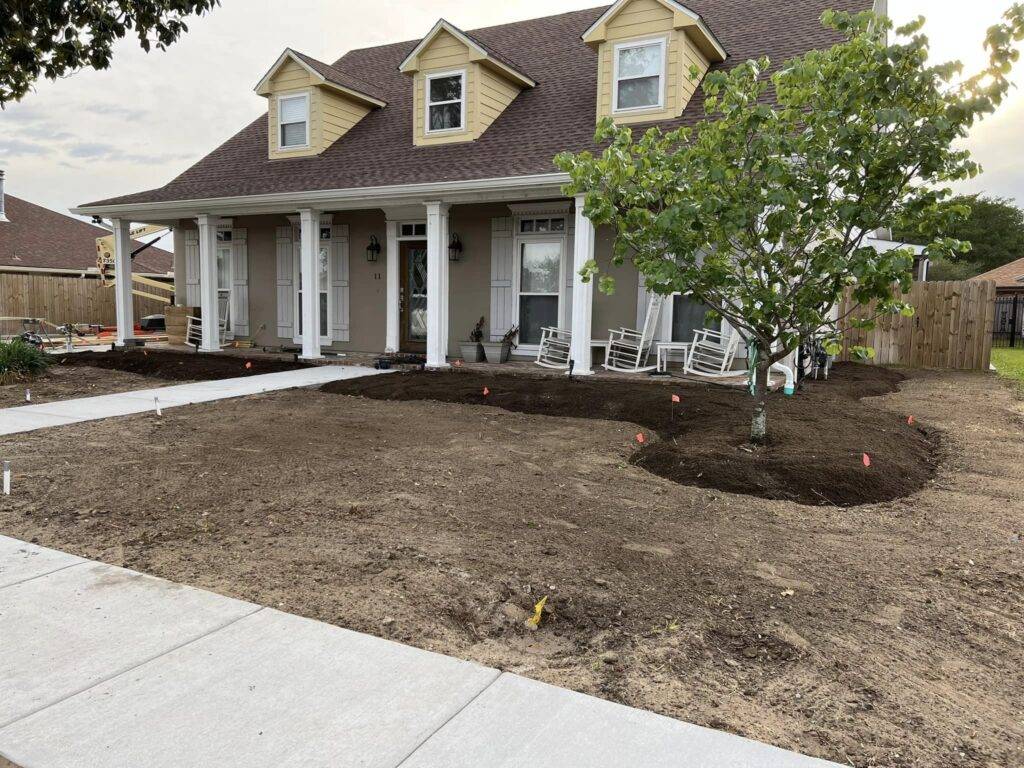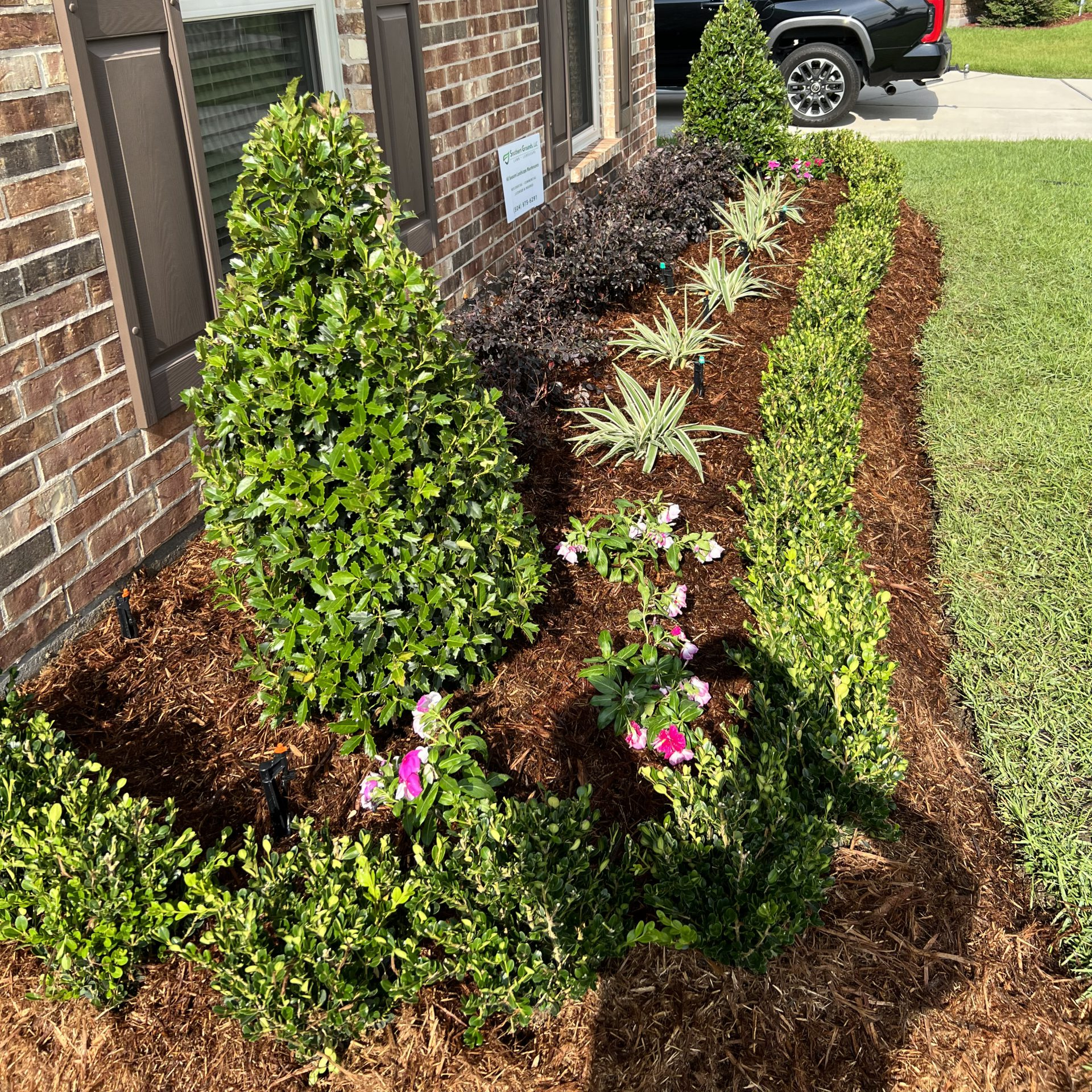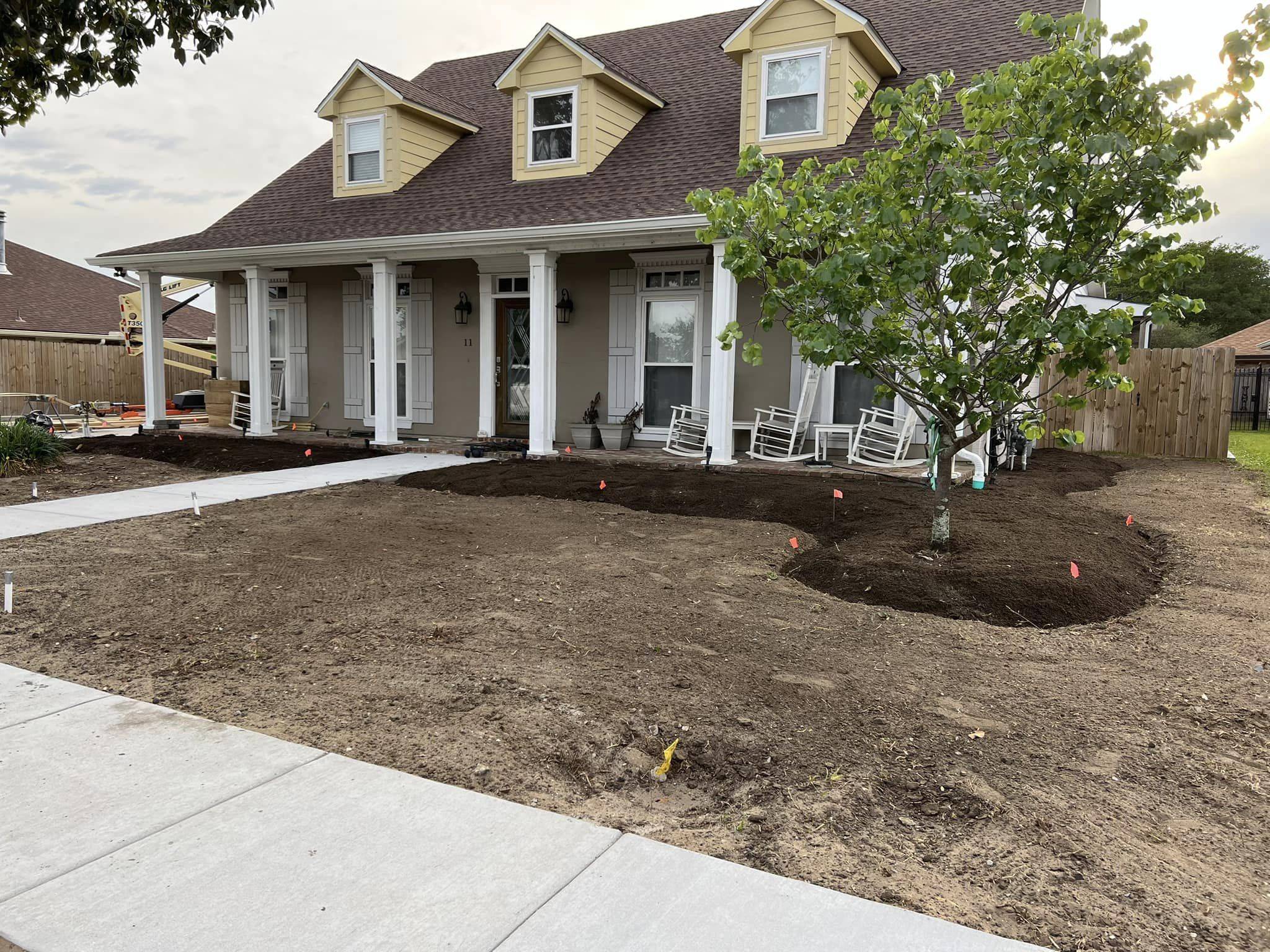Spring is Coming: Get Your Garden Ready with These Essential Preparation Steps

Spring is just around the corner, and that means it’s time to start preparing your garden for the upcoming season. As the days grow longer and the temperatures rise, your garden will come alive with vibrant colors and new growth. However, before you can fully enjoy the beauty of spring, it’s important to take some essential preparation steps to ensure your garden thrives. In this article, I will guide you through the process of preparing your garden for spring, from clearing debris and performing a garden cleanup to creating a watering schedule and implementing pest control measures. By following these steps, you’ll be well on your way to a stunning and flourishing garden.
Clearing Debris and Performing a Garden Cleanup
The first step in preparing your garden for spring is to clear away any debris and perform a thorough garden cleanup. Over the winter months, fallen leaves, dead branches, and other debris can accumulate, making your garden look messy and hindering the growth of new plants. Start by raking up leaves and removing any dead plant material. This will not only improve the appearance of your garden but also reduce the risk of pests and diseases.
Once you have cleared away the debris, it’s time to tidy up your flower beds and borders. Remove any weeds and unwanted plants, and trim back overgrown vegetation. Prune any damaged or diseased branches from trees and shrubs, taking care to make clean cuts just above a bud or lateral branch. This will encourage healthy growth and prevent the spread of diseases.
Preparing the Soil in Your Garden Beds
After clearing away debris and performing a garden cleanup, it’s important to prepare the soil in your garden beds. Healthy soil is the foundation for a thriving garden, providing essential nutrients and a good structure for plant roots. Start by loosening the soil with a garden fork or tiller, breaking up any compacted areas. This will improve drainage and allow air to reach the roots of your plants.
Next, amend the soil with organic matter such as compost or well-rotted manure. This will enrich the soil with nutrients and improve its fertility. Spread a layer of organic matter over the surface of the soil and gently work it into the top few inches. Avoid overworking the soil, as this can damage its structure. Finally, level the soil with a rake, removing any rocks or debris.
Pruning and Trimming Plants and Trees
Pruning and trimming plants and trees is an essential step in preparing your garden for spring. Pruning helps to shape plants, improve their overall health, and promote new growth. Start by removing any dead or damaged branches, making clean cuts just above a bud or lateral branch. This will prevent the spread of diseases and encourage healthy growth.
Next, prune any overgrown or unruly plants to maintain their shape and size. Remove any crossing or rubbing branches, as they can cause damage and hinder growth. Thin out dense areas to improve air circulation and reduce the risk of fungal diseases. Take care to follow the natural form of the plant and avoid excessive pruning, as this can weaken the plant and reduce its ability to withstand stress.
When it comes to trees, pruning is especially important. Remove any dead or diseased branches, as well as any branches that are crossing or rubbing. Thin out the canopy to allow more light to reach the lower branches. If necessary, consult a professional arborist for guidance on pruning larger or more complex trees.
Assessing and Repairing Your Lawn
As spring approaches, it’s important to assess the condition of your lawn and make any necessary repairs. Start by inspecting your lawn for bare patches, weeds, and signs of disease. Rake away any dead grass and debris, and loosen the soil with a rake or garden fork to improve seed-to-soil contact.
Next, overseed any bare patches in your lawn to promote new growth. Choose a high-quality grass seed that is suitable for your climate and lawn conditions. Spread the seed evenly over the bare areas, taking care not to overseed or create thick clumps. Gently rake the seed into the soil and water thoroughly.
If your lawn has weeds, consider applying a targeted herbicide to control them. Follow the instructions carefully and avoid applying herbicides on windy days or when rain is expected. For more severe weed problems, you may need to consult a lawn care professional for specialized treatments.
Testing and Amending Your Soil
To ensure optimal growth and health of your plants, it’s important to test and amend your soil as needed. A soil test will provide valuable information about the pH level and nutrient content of your soil, allowing you to make informed decisions about fertilization and soil amendments.
Collect soil samples from different areas of your garden and send them to a reputable soil testing laboratory. The results will indicate the pH level of your soil, as well as the levels of essential nutrients such as nitrogen, phosphorus, and potassium. Based on the test results, you can adjust the pH of your soil and add the necessary nutrients through organic or synthetic fertilizers.
Additionally, consider adding organic matter such as compost or well-rotted manure to improve the overall fertility and structure of your soil. Organic matter helps retain moisture, promotes beneficial microbial activity, and provides a slow release of nutrients to your plants. Spread a layer of organic matter over the surface of your soil and gently work it into the top few inches.
Planning and Planting New Additions to Your Garden
Spring is the perfect time to plan and plant new additions to your garden. Consider the overall design and theme of your garden, as well as your personal preferences and the specific growing conditions of your site. Research different plant species and varieties that are suitable for your climate and garden conditions.
Create a planting plan that takes into account factors such as plant height, spread, and bloom time. Group plants with similar water and light requirements together to make watering and maintenance easier. Consider incorporating a mix of annuals, perennials, bulbs, shrubs, and trees to provide year-round interest and variety.
Before planting, prepare the soil in the planting area by loosening it with a garden fork or tiller, removing any weeds or rocks, and amending it with organic matter if needed. Dig a hole that is slightly larger and deeper than the root ball of the plant. Gently remove the plant from its container and place it in the hole, making sure the top of the root ball is level with or slightly above the soil surface. Backfill the hole with soil, firming it gently around the roots.
Mulching and Fertilizing for Optimal Growth
Mulching and fertilizing are essential for promoting optimal growth and health in your garden. Mulch helps conserve moisture, suppress weeds, regulate soil temperature, and improve the overall appearance of your garden. Apply a layer of organic mulch such as wood chips, straw, or shredded leaves around your plants, taking care to leave a small gap around the base of each plant to prevent rot.
When it comes to fertilizing, it’s important to provide your plants with the nutrients they need for healthy growth. Choose a balanced fertilizer that is appropriate for the specific needs of your plants. Follow the instructions on the fertilizer package to determine the appropriate application rate and frequency.
Avoid over-fertilizing, as this can lead to nutrient imbalances, burning of plant roots, and excessive vegetative growth. Instead, apply fertilizer sparingly and regularly, following a schedule that matches the growth cycle of your plants. Water the fertilizer into the soil thoroughly after application to ensure proper absorption.
Creating a Watering Schedule and Irrigation System
Proper watering is crucial for the success of your garden, especially in the spring when plants are actively growing and establishing new roots. Create a watering schedule based on the specific needs of your plants, taking into account factors such as soil type, sun exposure, and rainfall.
In general, it’s better to water deeply and infrequently rather than shallowly and frequently. This encourages plants to develop deep root systems, making them more resilient to drought and stress. Water in the early morning or late afternoon to minimize water loss through evaporation.
Consider installing an irrigation system to automate the watering process and ensure consistent moisture levels in your garden. There are various types of irrigation systems available, including drip irrigation, sprinklers, and soaker hoses. Choose a system that is suitable for your garden size, layout, and plant types. Consult a professional if needed to ensure proper installation and efficient water use.
Pest Control and Prevention in Your Garden
As you prepare your garden for spring, it’s important to implement effective pest control measures to protect your plants from damage and disease. Start by inspecting your plants for signs of pests such as aphids, mealybugs, slugs, snails, and caterpillars. Look for chewed leaves, discolored foliage, distorted growth, or the presence of insects.
If you spot pests, consider using organic or natural pest control methods such as handpicking, trapping, or using insecticidal soaps or oils. These methods are less harmful to beneficial insects and the environment. If the pest problem is severe or persistent, consult a professional for advice on targeted treatments.
Prevention is key to minimizing pest problems in your garden. Encourage biodiversity by planting a variety of flowers and herbs that attract beneficial insects such as ladybugs, lacewings, and bees. Avoid over-fertilizing, as this can attract pests. Regularly inspect your plants for signs of stress or disease, as healthy plants are less susceptible to pests.
Conclusion
Spring is a time of renewal and growth, and by taking the necessary preparation steps, you can ensure that your garden blossoms into a beautiful and thriving oasis. Clearing debris, preparing the soil, pruning plants, assessing the lawn, testing the soil, planning new additions, mulching, creating a watering schedule, and implementing pest control measures are all essential tasks that will set the stage for a successful gardening season. So, roll up your sleeves, grab your gardening tools, and get ready to welcome spring with a vibrant and flourishing garden.




